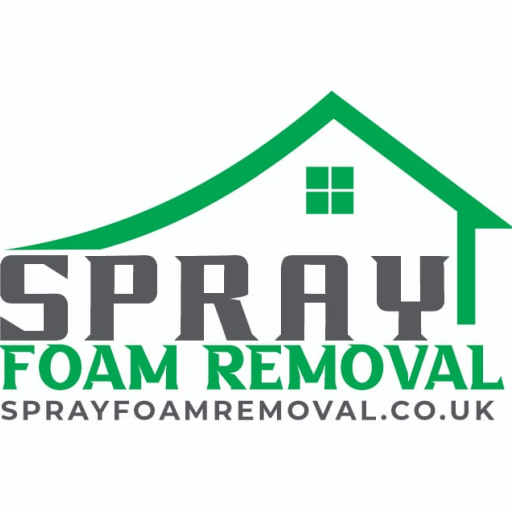Spray foam insulation is a popular choice for homeowners and businesses due to its excellent energy efficiency and air-sealing properties. However, there are instances where removal becomes necessary. Whether due to improper installation, renovation needs, or material degradation, knowing how to remove spray foam efficiently is essential. In this guide, we’ll explore the best methods for fast and reliable spray foam removal.
Why Remove Spray Foam Insulation?
There are several reasons why spray foam insulation may need to be removed:
- Improper Installation: If spray foam is applied incorrectly, it may not adhere properly, leading to gaps or uneven insulation.
- Renovations and Upgrades: When remodeling, existing spray foam may need to be taken out to accommodate new construction or updated insulation materials.
- Moisture Issues: If spray foam is exposed to excessive moisture, it can lead to mold growth or deterioration.
- Health Concerns: Some individuals may be sensitive to the chemicals in spray foam and opt to replace it with alternative insulation solutions.
Methods for Spray Foam Removal
1. Manual Removal
For small areas, a manual approach can be effective:
- Utility Knives and Scrapers: Use a sharp utility knife or scraper to cut and peel away sections of the foam.
- Wire Brushes: These can help remove smaller particles and residual foam from surfaces.
- Sanding or Grinding: In cases where foam is stubbornly attached, sanding may be required to smooth out the surface.
2. Chemical Solvents
Some chemical solvents are designed to break down spray foam, making it easier to remove:
- Acetone or Lacquer Thinner: These can dissolve uncured foam and assist in breaking down hardened foam.
- Commercial Foam Removal Products: Some specialized products can soften spray foam for easier scraping.
- Safety First: Always wear protective gear when using chemicals and ensure proper ventilation.
3. Heat Application
Applying heat can soften spray foam, making it easier to scrape off:
- Heat Guns: Directing heat onto the foam can help loosen it from surfaces.
- Steam Cleaners: Steam can assist in breaking down the foam for smoother removal.
- Precaution: Avoid overheating, as excessive heat can produce harmful fumes.
Professional Spray Foam Removal
While DIY methods may work for small areas, professional spray foam removal is recommended for larger or more complex jobs. Experts have the right tools, experience, and safety measures to remove spray foam quickly and efficiently without damaging underlying structures.
Choosing the Right Alternative Insulation
Once spray foam is removed, selecting the right replacement is key. Consider options such as:
- Fiberglass Insulation: Cost-effective and widely available.
- Cellulose Insulation: Eco-friendly and made from recycled materials.
- Mineral Wool: Fire-resistant and great for soundproofing.
Conclusion
Spray foam removal can be a challenging task, but with the right methods and tools, it can be done efficiently. Whether you opt for DIY techniques or hire professionals, ensuring a thorough removal process will prepare your space for the next step in insulation. Need expert help? Contact a professional spray foam removal service today for fast and reliable solutions!





Comments